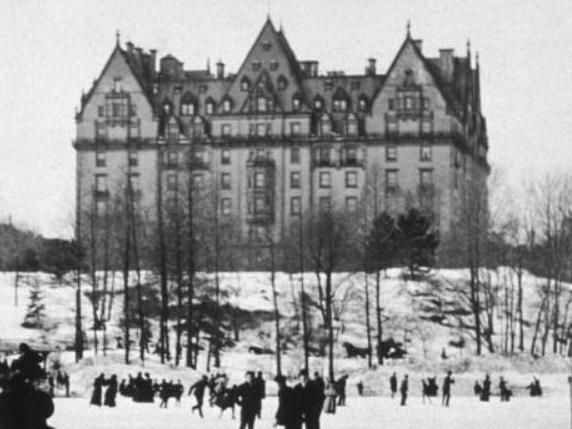In 2016, The Washington Post left the building that was its home for over half a century and moved to greener pastures. The old building at 1150 15th St. NW was where Princess Diana came to see her friend Katherine Graham and where presidents and prime ministers pushed their issues with editorial writers. This is where reporters scooped stories about corrupt courts, Watergate, and government surveillance. In April, the old building was demolished.
Williams Notaro was fortunate enough to have worked in the Post’s old headquarters many times over the past 2 decades. We mourned the loss of a great old building whose only remnants were to be in the archived drawings we held. Memories will continue to be held in the hearts and minds of the 4000 news factory workers who worked there at one time or another; “it was like a city of many neighborhoods,” said Donald E. Graham, the Post’s publisher from 1979-2000 and “I can still smell the smells and hear the noises.”
Recently, I have been wondering about the past, the preservation of history and the often blatant disregard we have for what has come before us. Working for an engineering firm has given me a lot of opportunity to hear about the renovations of existing structures and question why old buildings are ever torn down, and what happens to the stories, memories, and events that are held in each fleck of paint.
On a recent trip to Austin, Texas to see my elderly mother, I had the fortunate opportunity to attend an event at the Austin History Center. My cousin, an archivist, at the center, wrote a book about the historical movie houses of Austin and presented a slide show and shared stories of the people she met and the tales she heard. The stories were fascinating – tales of theaters long ago demolished, re-purposed, or, in some lucky instances, renovated. These theaters stamped time and events of history and placed memories in our hearts. Now, years later, time was being spent to re-capture the feelings and experiences of the past and re-create the essence of a one of a kind, specific time and place structure.
Now, on my return from Austin, I started reading a book called Life at the Dakota, a historical account of the building of the Dakota apartment building on the upper Westside of New York City. Fortunately, the Dakota is still standing. I have found the history of the building of the Dakota more fascinating than the stories of who lived there. This is a remarkable piece of architecture that was imagined and built way before its time. It had a face-lift years ago to remove the soot of the Industrial Revolution and its insides have been upgraded; the old and the new manage to share the same time and space as the world hustles and bustles by.
Recording of events is a difficult process that we often forget about until a project is over. It takes a conscious effort to go to a project site and record the history of a place. I am experiencing a new found appreciation for what has come before and why. I embrace change and am not afraid to let go of what doesn’t work. However, I can also acknowledge that just like me, or the engineers I work with, there once stood a person with new ideas and a fresh perspective who decided to build something amazing. I want to remember and honor that.




